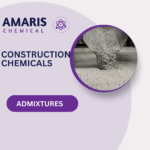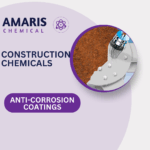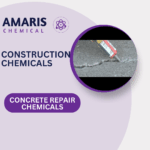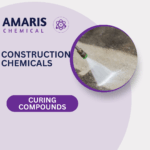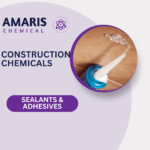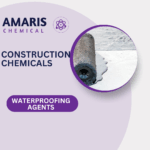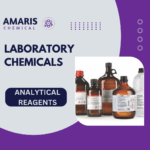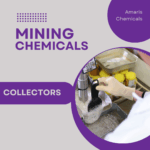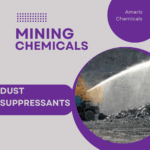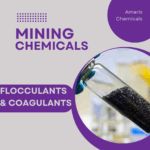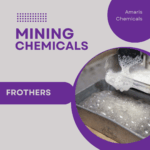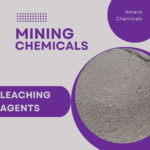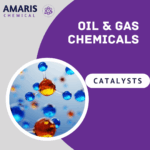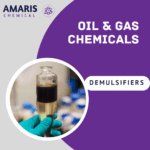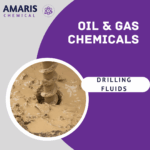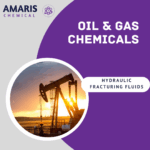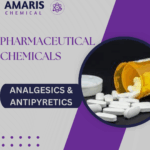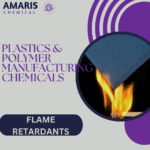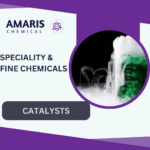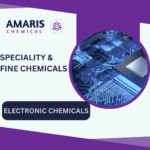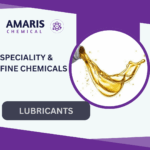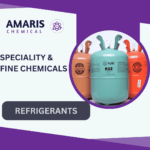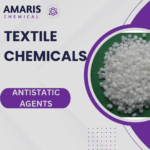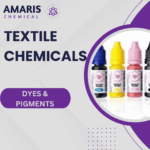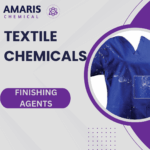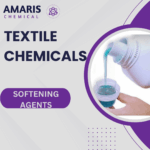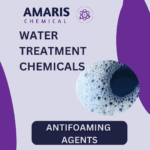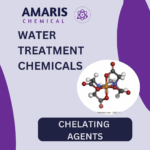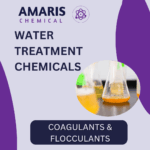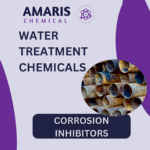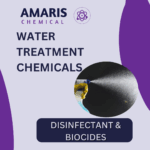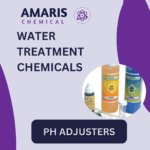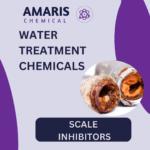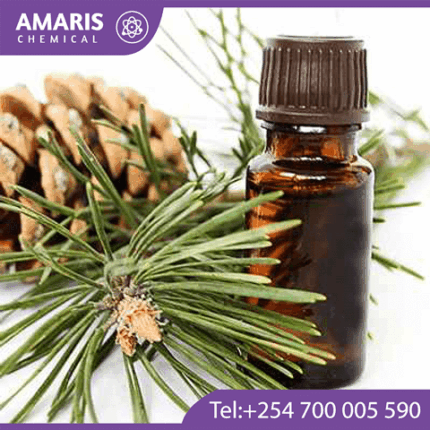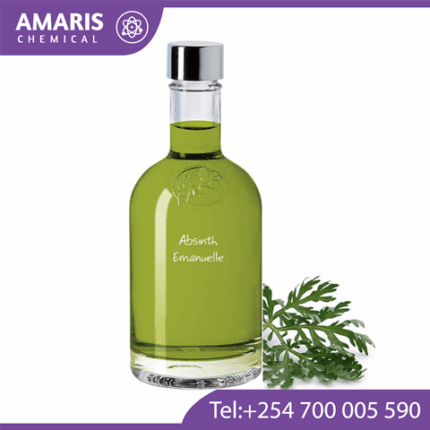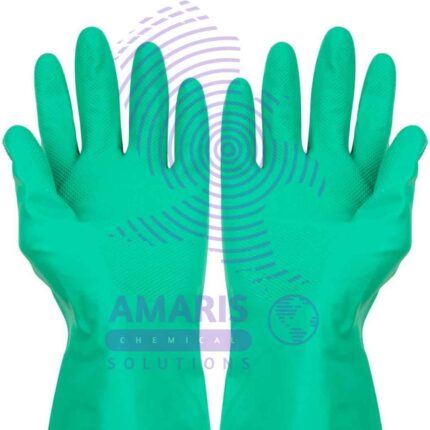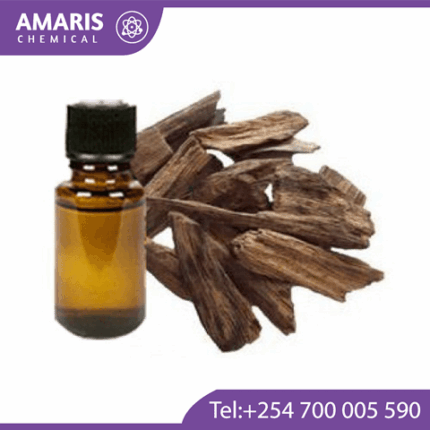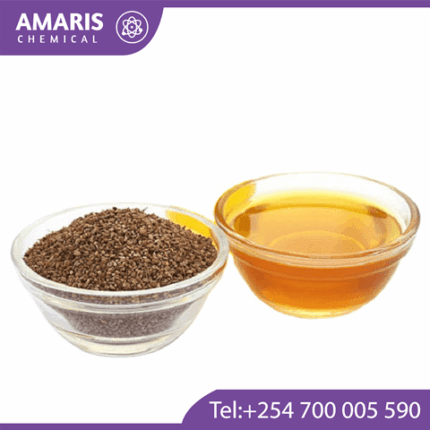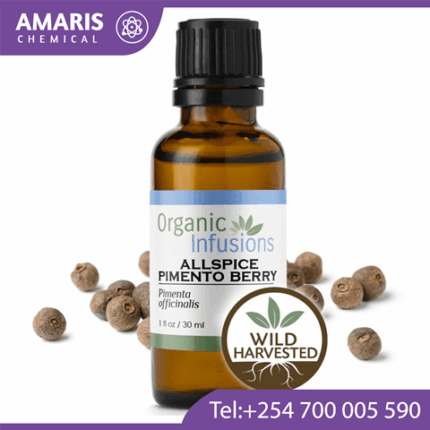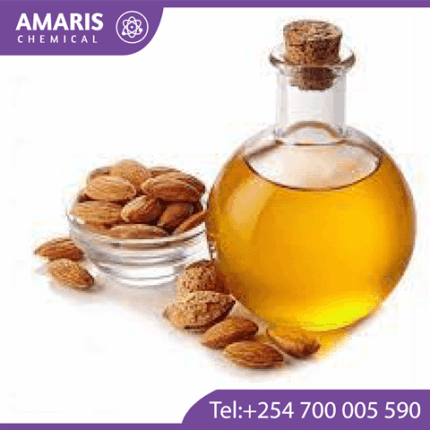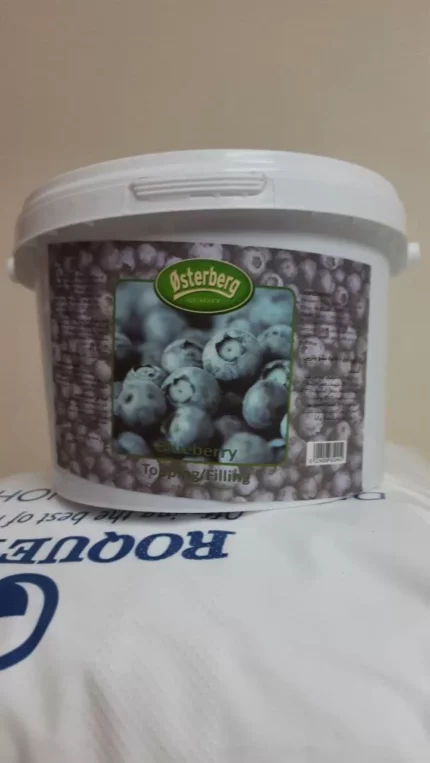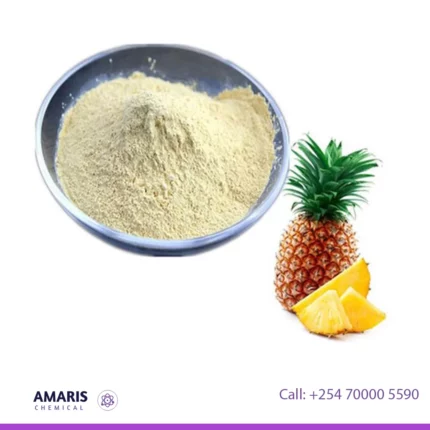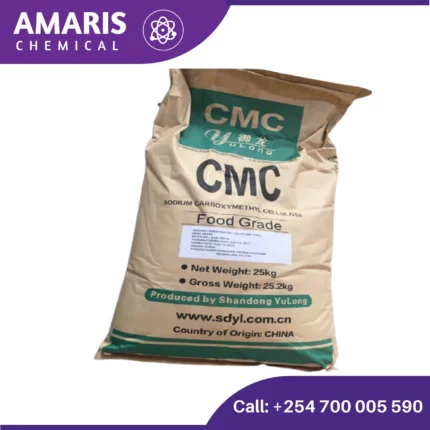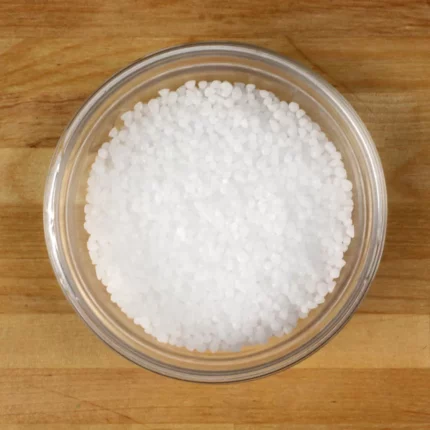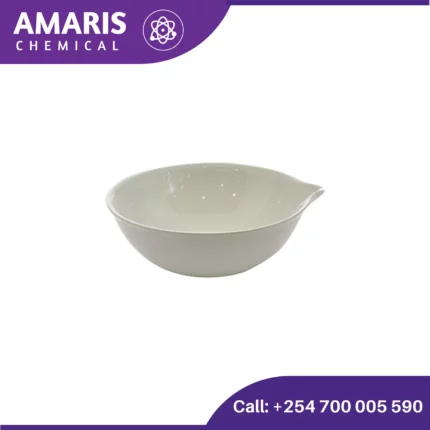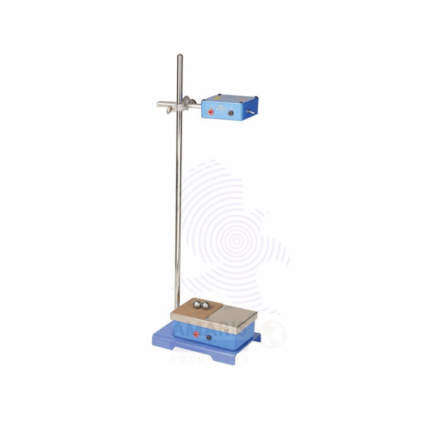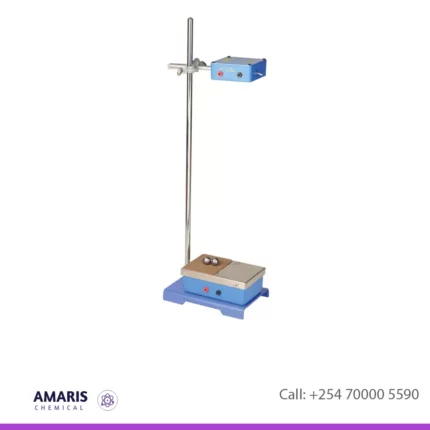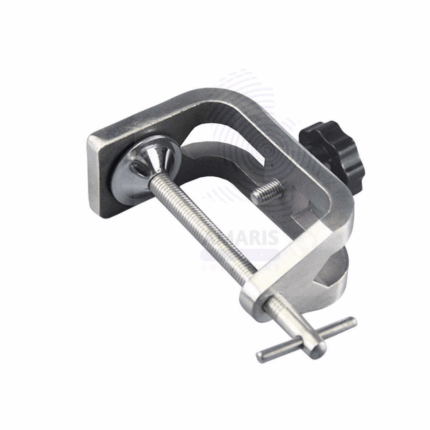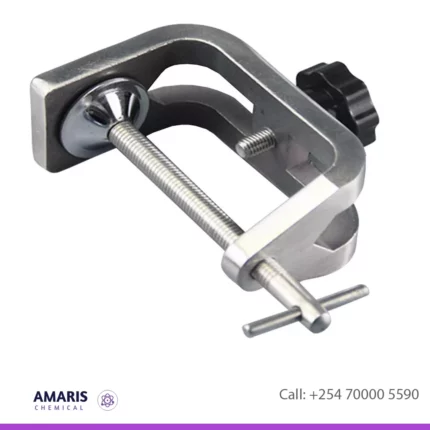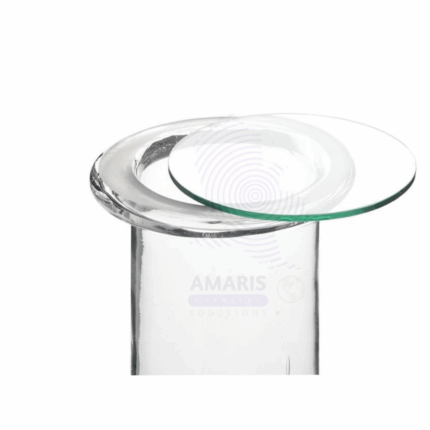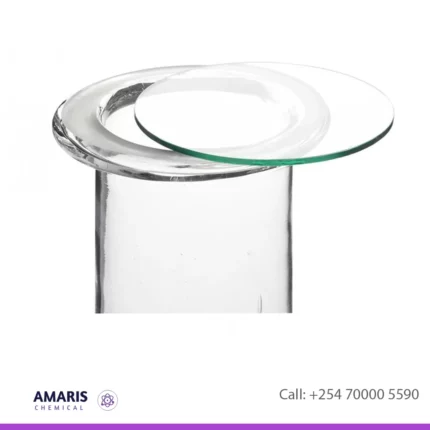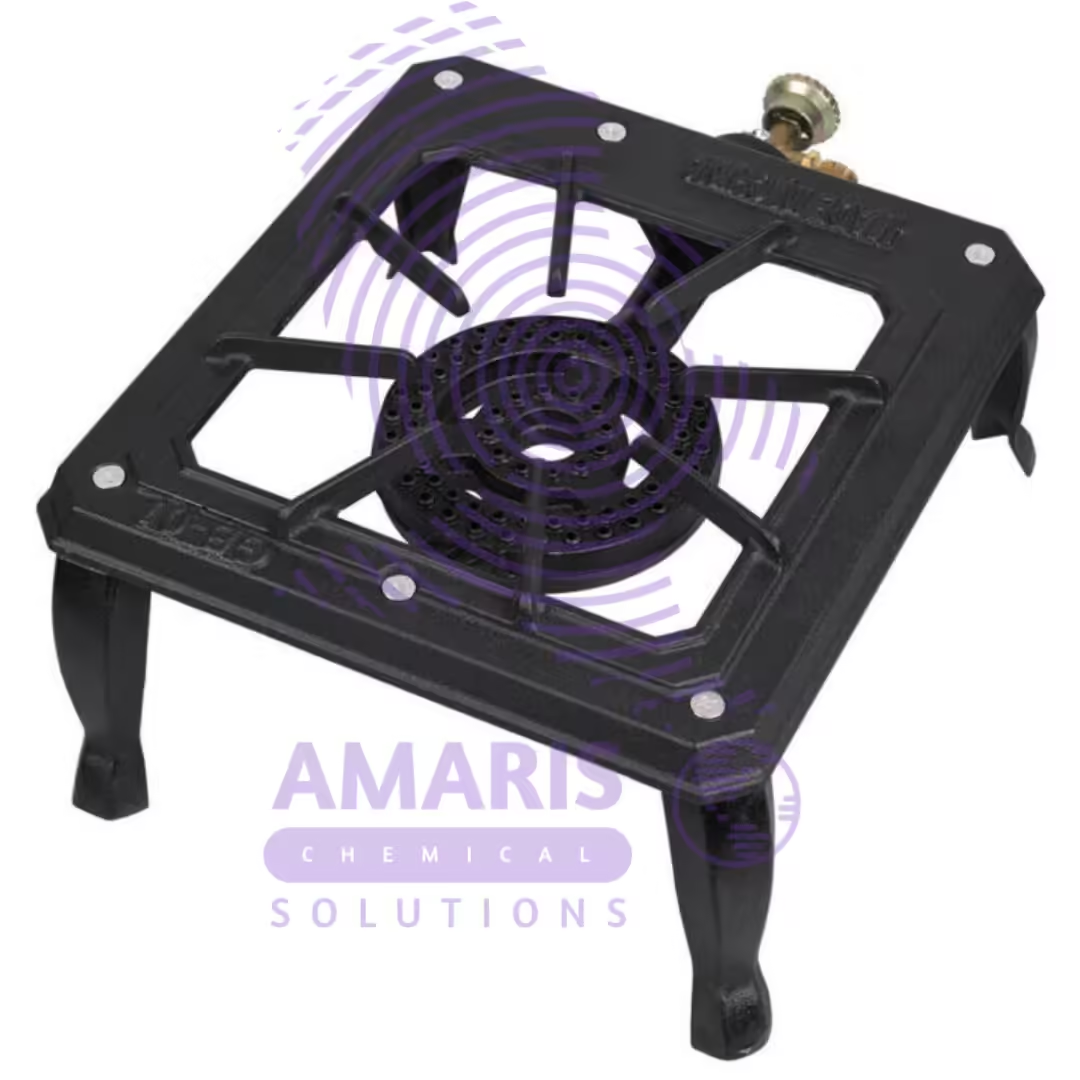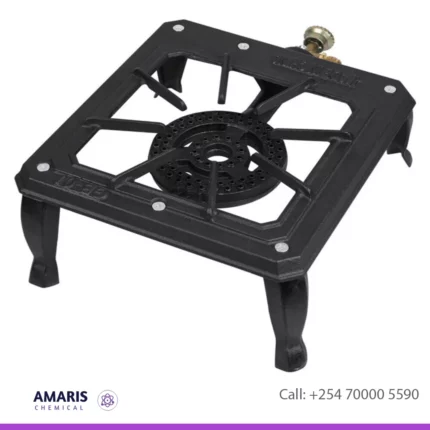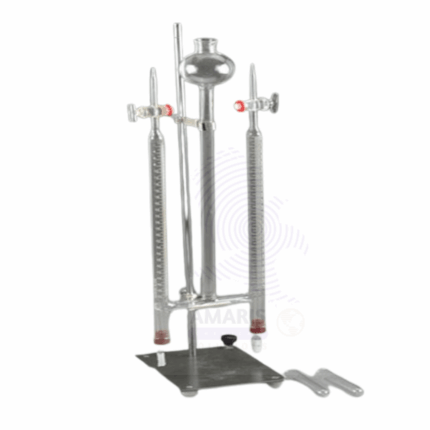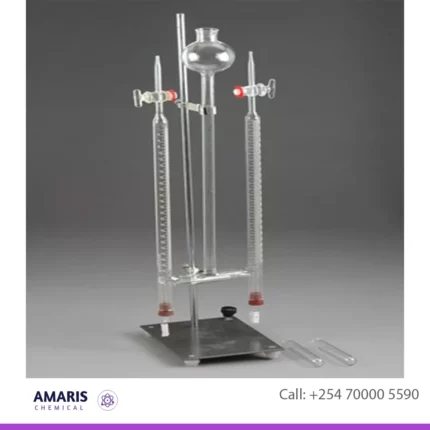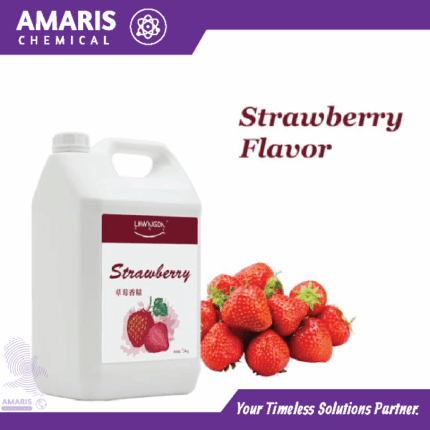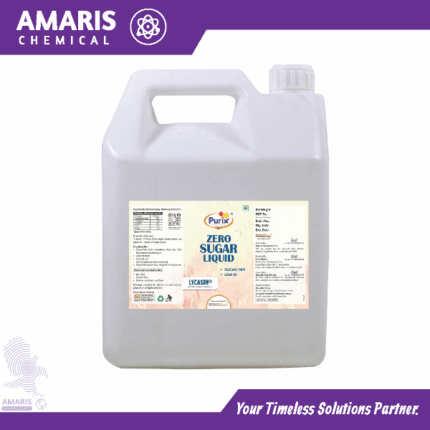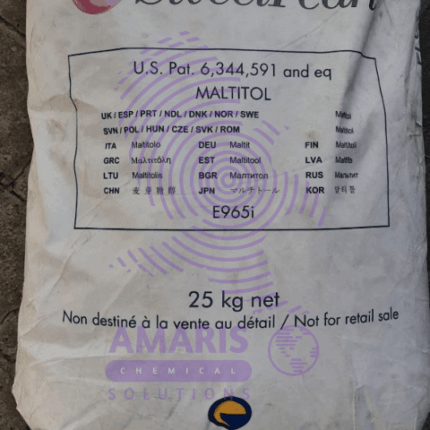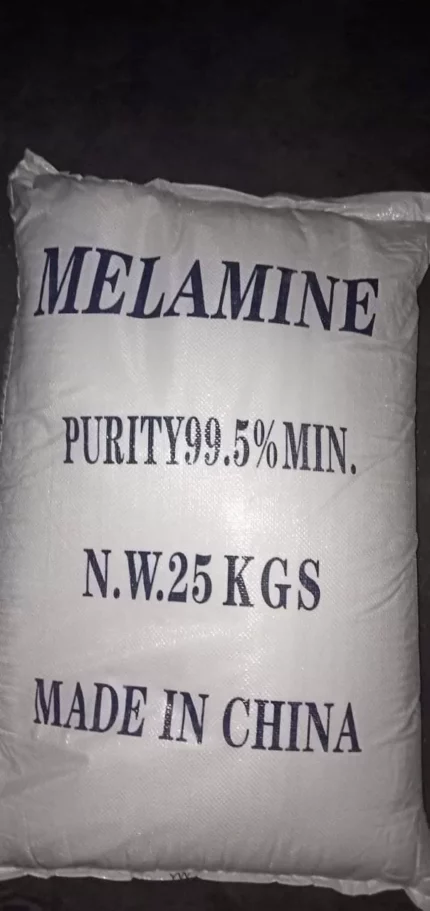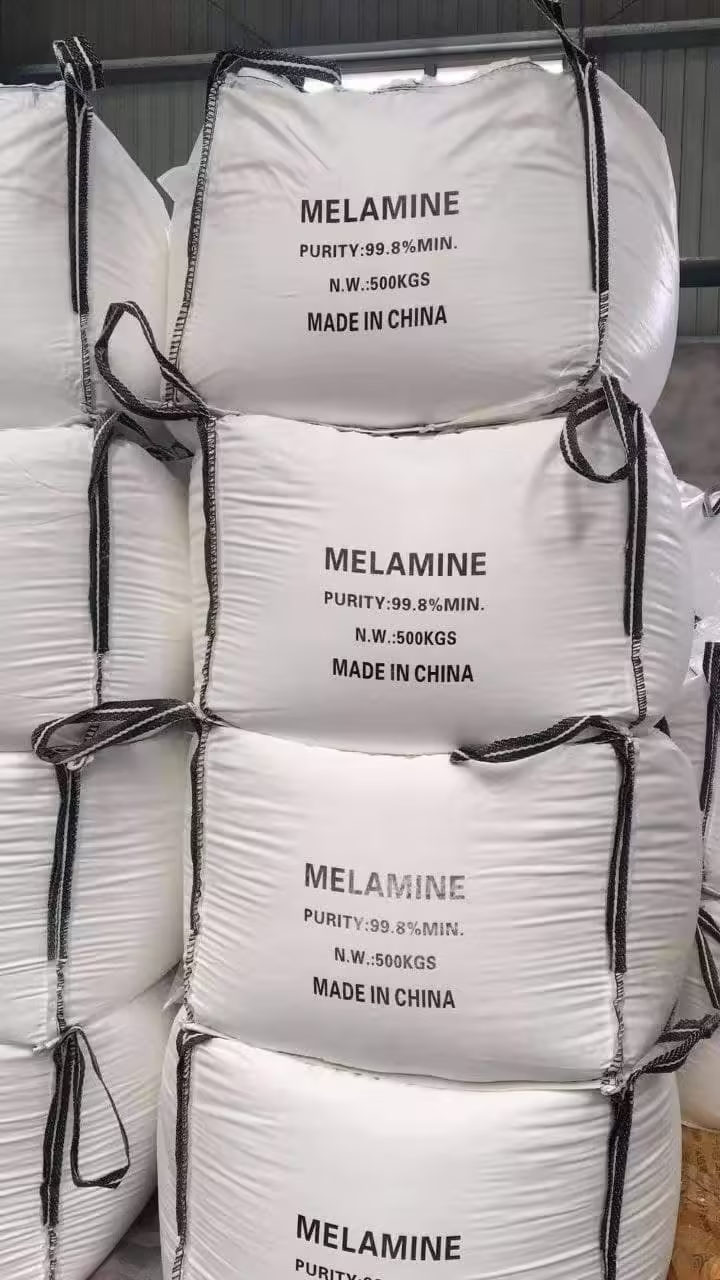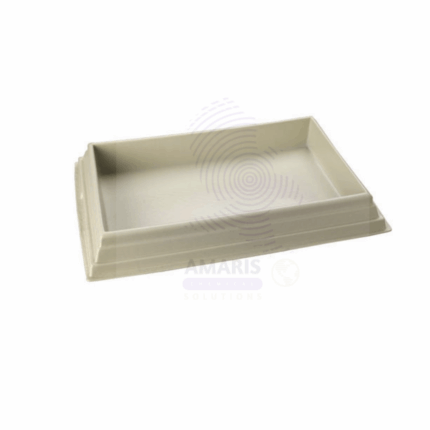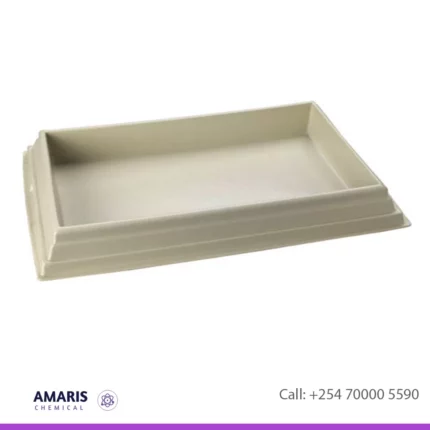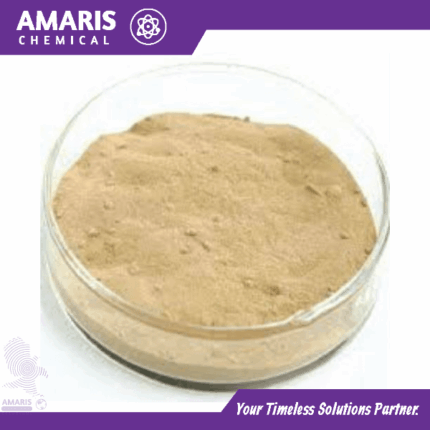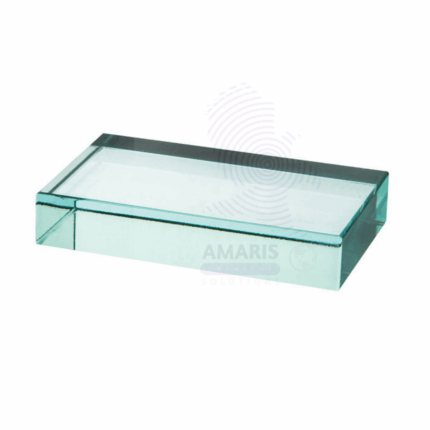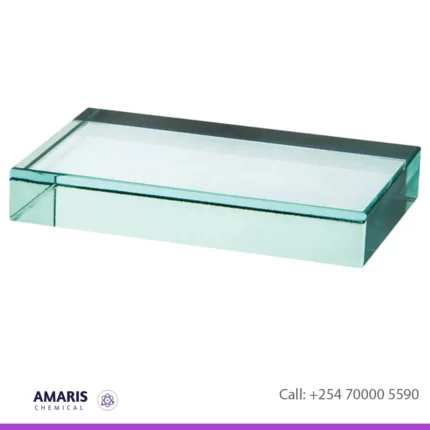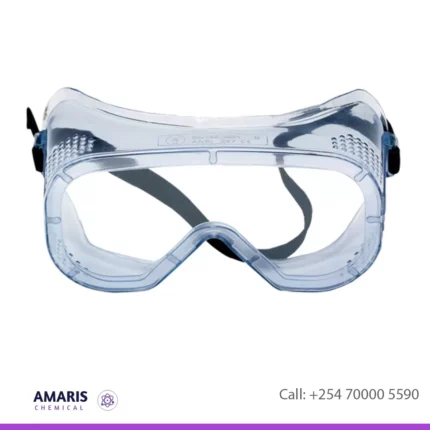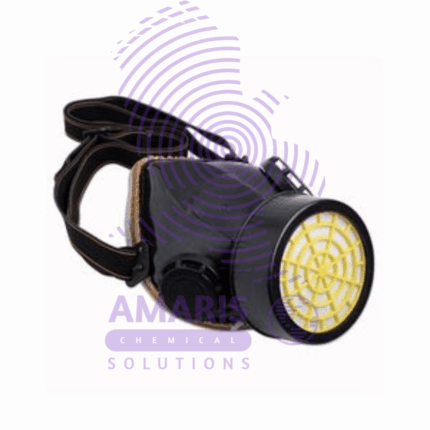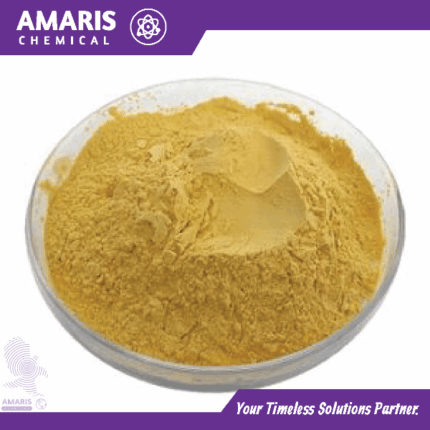Acid Proof Gloves
Acid-proof gloves are an essential safety equipment used in laboratories where researchers handle corrosive chemicals. These gloves are designed to protect the wearer's hands from coming into direct contact with acids, which can cause severe burns and skin damage. They are typically made from materials that are resistant to acids, such as neoprene, nitrile, or rubber.
When choosing acid-proof gloves for laboratory work, it's important to consider the specific chemicals being used and select gloves that are compatible with those chemicals. Additionally, the gloves should fit well to provide adequate protection without compromising dexterity and comfort.
Proper usage of acid-proof gloves involves inspecting them for any signs of damage before each use, avoiding contact with incompatible chemicals, and promptly removing and properly disposing of gloves if they become contaminated. Regular maintenance and replacement of gloves are also necessary to ensure continued protection for laboratory personnel.
Bromelain
Bromelain is a powerful enzyme complex found primarily in the stems and cores of pineapples (Ananas comosus). It is renowned for its proteolytic properties, which means it has the ability to break down proteins into smaller peptides and amino acids. This natural enzyme mixture contains various proteases, such as bromelainases, stem bromelain, and fruit bromelain, which work synergistically to facilitate protein digestion.
Bromelain has gained significant attention for its potential health benefits and is commonly used as a dietary supplement. It has been credited with anti-inflammatory properties and has been studied for its ability to reduce swelling, bruising, and pain associated with various conditions, such as osteoarthritis and sports injuries. Additionally, bromelain has been shown to aid in the digestion of dietary proteins, which can contribute to improved gastrointestinal health.
Furthermore, bromelain has been explored for its potential therapeutic applications beyond digestion and inflammation. It has demonstrated promising effects on immune modulation, cardiovascular health, respiratory conditions, and even cancer treatment. However, further research is needed to fully understand and confirm these potential benefits.
Overall, bromelain can be described as a natural enzyme complex derived from pineapples that exhibits proteolytic activity, making it valuable for protein digestion. Its potential health benefits extend beyond digestion and include anti-inflammatory effects and various therapeutic applications.
CarboxyMethyl Cellulose (CMC) Food grade
CarboxyMethyl Cellulose (CMC) Food grade is a water-soluble polymer that is derived from cellulose, which is a naturally occurring polymer found in plant cell walls. CMC is produced by chemically modifying cellulose through the addition of carboxymethyl groups, which gives it its unique properties such as high water solubility, thickening ability, and film-forming properties.
CMC is widely used in a variety of industries, including food, pharmaceuticals, cosmetics, and textiles, as a thickener, binder, stabilizer, emulsifier, and dispersant. It is commonly found in food products such as ice cream, salad dressings, and baked goods as a thickener and emulsifier, as well as in cosmetics and personal care products such as toothpaste and shampoo as a binder and stabilizer.
Ceto Stearyl Alcohol
Ceto Stearyl Alcohol is a blend of cetyl and stearyl alcohols, commonly used as an emollient, thickener, and stabilizer in cosmetics, pharmaceuticals, and industrial applications. In skincare and haircare products, it acts as a moisturizing agent, improving texture and preventing separation in creams, lotions, and conditioners. It also serves as a lubricant in pharmaceutical ointments and tablet coatings. Additionally, it finds use in candles, plastics, and leather processing as a hardening or softening agent. Known for its non-irritating properties, it enhances product consistency while remaining safe for topical use. Proper storage in a cool, dry place is recommended to maintain its stability.
Free Fall Apparatus
A free fall apparatus, often used in physics experiments, is a device designed to study the motion of an object falling freely under the influence of gravity alone, without any significant air resistance. It typically consists of a tall vertical track along which objects can fall, with sensors and timers to measure various aspects of the falling object's motion, such as its velocity, acceleration, and time of descent.
One common type of free fall apparatus is a simple setup involving a vertical tube or rail along which a small object, such as a ball or a feather, can fall. Sensors at the top and bottom of the tube detect the passage of the object and measure the time it takes to fall. By analyzing the data collected from these sensors, physicists can calculate the object's acceleration due to gravity and verify the principles of motion described by Newton's laws.
More sophisticated free fall apparatus may incorporate additional features, such as electromagnets to release the falling object at precise moments, or vacuum chambers to reduce air resistance and create conditions closer to true free fall. These setups enable researchers to conduct more precise experiments and explore the effects of factors like air resistance on falling objects.
G-Clamp
G-clamp, also known as C-clamp, are commonly used in laboratories for various purposes. Here are a few ways they might be utilized:
- Holding Apparatus: In experiments where stability is crucial, G-clamps are used to secure laboratory apparatus to benches or tables. This ensures that the equipment remains in place during experiments, minimizing the risk of accidents.
- Securing Glassware: When conducting experiments involving glassware like beakers, flasks, or test tubes, G-clamps can be used to secure them to a stand or support rod. This prevents the glassware from tipping over or falling during the experiment.
- Supporting Heavy Objects: In situations where heavy objects need to be held in place temporarily, G-clamps provide a sturdy grip. This could be useful when setting up equipment or securing heavy components during an experiment.
- Fixing Materials for Cutting or Drilling: G-clamps are handy for securing materials like wood or metal in place while they are being cut, drilled, or manipulated in some other way. This ensures precision and safety during such tasks.
- Custom Setup: Sometimes, experiments require customized setups that aren't readily available with standard laboratory equipment. G-clamps allow researchers to create temporary fixtures or arrangements tailored to their specific experimental needs.
Gas Jar Lid
Gas Stove Portable
Hoffman Voltameter
Hoffman voltameter is a laboratory apparatus used for the electrolysis of water (H2O) into its constituent gases, hydrogen (H2) and oxygen (O2). It consists of a glass container filled with water, inverted over two electrodes, typically made of platinum or another inert material, immersed in an electrolyte solution (usually dilute sulfuric acid).
When an electric current is passed through the electrodes, water molecules are dissociated into hydrogen ions (H+) and hydroxide ions (OH-) at the cathode (negative electrode) and anode (positive electrode) respectively. The hydrogen ions migrate towards the cathode and are reduced to hydrogen gas (H2), while the hydroxide ions migrate towards the anode and are oxidized to oxygen gas (O2).
The gases produced collect in the two arms of the apparatus, with hydrogen forming at the cathode and oxygen at the anode. The Hoffman voltameter allows for the collection and measurement of these gases, demonstrating the stoichiometry of water electrolysis, where two moles of hydrogen are produced for every mole of oxygen. This apparatus is commonly used in educational settings to illustrate the principles of electrolysis and the composition of water.
Maltitol powder 25kg
Maltitol powder is a sugar alcohol that is derived from maltose, a type of sugar. It is a white crystalline powder that looks and tastes like sugar, but has fewer calories and a lower glycemic index. Maltitol powder is commonly used as a sugar substitute in food products, especially in those marketed to people with diabetes or those looking to reduce their sugar intake. It is also used as a bulking agent and sweetener in a variety of other food and beverage products, including candy, chewing gum, baked goods, and ice cream.
Melamine 25kg
Melamine is a nitrogen-based compound used by many manufacturers to create a number of products, especially plastic dishware. It's also used in: utensils. countertops. plastic products.
It is approved for use in the manufacturing of some cooking utensils, plates, plastic products, paper, paperboard, and industrial coatings, among other things.
Plastic dissecting tray without wax
A plastic dissecting tray used in a lab typically serves as a sterile, flat surface where specimens can be dissected and examined. These trays are often designed with grooves or depressions to contain fluids, ensuring a clean and organized workspace. They're commonly made of durable, chemical-resistant plastic for easy cleaning and reuse. The trays usually come in various sizes and shapes to accommodate different types of specimens and experiments, ranging from small animals in biology labs to larger organs in medical settings. They're an essential tool for teaching and conducting experiments in biology, anatomy, and related fields.
Rectangular Glass Block
Rectangular glass blocks are commonly used in laboratory settings for various purposes. Here are some common uses:
- Windows: In laboratory buildings, rectangular glass blocks are often used as windows to allow natural light into the space while maintaining safety and privacy.
- Partition Walls: Glass blocks can be used to construct partition walls within the laboratory, separating different work areas while still allowing visibility and light transmission.
- Observation Windows: In controlled environments such as cleanrooms or containment labs, rectangular glass blocks may be installed as observation windows, allowing researchers to monitor experiments or processes from outside the controlled area.
- Fume Hood Windows: Glass blocks are sometimes used as windows in fume hoods, providing a transparent barrier between the user and hazardous chemicals or fumes while still allowing observation of experiments.
- Light Transmission: Glass blocks can also be used in experimental setups where controlled light transmission is required, such as in optical experiments or photobiology studies.
- Decorative Elements: In some cases, glass blocks are used for aesthetic purposes in laboratory design, adding visual interest to the space while still providing functional benefits like light transmission and visibility.
Single Gas Mask
A gas mask used in laboratories is typically designed to protect against various hazardous substances, including chemicals, biological agents, and radioactive particles. These masks usually feature a tight seal around the face to prevent contaminants from entering. Here's a basic overview of the components and considerations:
- Facepiece: The main part of the mask that covers the nose, mouth, and sometimes the eyes. It's usually made of rubber or silicone for flexibility and a proper seal.
- Filter Cartridges: These cartridges are attached to the mask and contain various filter materials to purify the air. They can be specific to certain types of contaminants or provide broader protection.
- Straps: Adjustable straps secure the mask to the wearer's face, ensuring a snug fit.
- Exhalation Valve: This valve allows the wearer to exhale air without letting outside air in, maintaining a closed system for breathing.
- Visibility: Some masks feature transparent facepieces or additional eyepieces to ensure proper vision while wearing the mask.
- Comfort Features: Some masks include features like padding or adjustable nose bridges for added comfort during extended wear


 Emollients
Emollients Humectants
Humectants UV Filters
UV Filters Surfactants (cosmetic)
Surfactants (cosmetic) Preservatives (cosmetic)
Preservatives (cosmetic) Fragrances and Essential Oils
Fragrances and Essential Oils Antioxidants (cosmetics)
Antioxidants (cosmetics)
 Solvents (lab)
Solvents (lab) Chromatography Chemicals
Chromatography Chemicals Microbiology and Cell Culture Reagents
Microbiology and Cell Culture Reagents Biochemical Reagents
Biochemical Reagents Inorganic and Organic Standards
Inorganic and Organic Standards LABORATORY EQUIPMENT & APPARATUS
LABORATORY EQUIPMENT & APPARATUS Spectroscopy Reagents
Spectroscopy Reagents Molecular Biology Reagents
Molecular Biology Reagents
 Precious Metal Extraction Agents
Precious Metal Extraction Agents
 Plasticizers
Plasticizers Polymerization Initiators
Polymerization Initiators Stabilizers
Stabilizers Monomers
Monomers Fillers and Reinforcements
Fillers and Reinforcements Antioxidants (plastics)
Antioxidants (plastics) Colorants (plastic pigments,Dyes)
Colorants (plastic pigments,Dyes)
 Fertilizers
Fertilizers Plant Growth Regulators
Plant Growth Regulators Soil Conditioners
Soil Conditioners Animal Feed Additives
Animal Feed Additives Biostimulants
Biostimulants
 Dough Conditioners
Dough Conditioners Flour Treatments
Flour Treatments Fat Replacers
Fat Replacers Preservatives (baking)
Preservatives (baking)
 Surfactants (cleaning)
Surfactants (cleaning) Builders
Builders Bleaching Agents
Bleaching Agents Enzymes
Enzymes Solvents (cleaning)
Solvents (cleaning) Fragrances
Fragrances Disinfectant
Disinfectant Metal cleaning
Metal cleaning
 Binders/Resins
Binders/Resins Pigments
Pigments Solvents (paint)
Solvents (paint) Additives
Additives Driers
Driers Anti-Corrosion Agents
Anti-Corrosion Agents Specialty Coatings
Specialty Coatings Functional Coatings
Functional Coatings Application-Specific Coatings
Application-Specific Coatings
 Sealants and Adhesives
Sealants and Adhesives
 Biodegradable Surfactants
Biodegradable Surfactants Bio-based Solvents
Bio-based Solvents Renewable Polymers
Renewable Polymers Carbon Capture Chemicals
Carbon Capture Chemicals Wastewater Treatment Chemicals
Wastewater Treatment Chemicals
 Preservatives (food)
Preservatives (food) Flavor Enhancers
Flavor Enhancers Acidulants
Acidulants Sweeteners
Sweeteners Emulsifiers
Emulsifiers Antioxidants (food)
Antioxidants (food) Colorants (food)
Colorants (food) Nutrient Supplements
Nutrient Supplements Nutraceutical Ingredients
Nutraceutical Ingredients
 Fresh Herbs
Fresh Herbs Whole Spices
Whole Spices Ground Spices
Ground Spices Spice Blends
Spice Blends
 Surfactants(oil)
Surfactants(oil)
 Antibiotics
Antibiotics Active Pharmaceutical Ingredients
Active Pharmaceutical Ingredients Excipients
Excipients Vaccine Adjuvants
Vaccine Adjuvants Nutraceutical Ingredients
Nutraceutical Ingredients Solvents (pharmaceutical)
Solvents (pharmaceutical)
 Automotive chemicals
Automotive chemicals Pyrotechnic Chemicals
Pyrotechnic Chemicals





